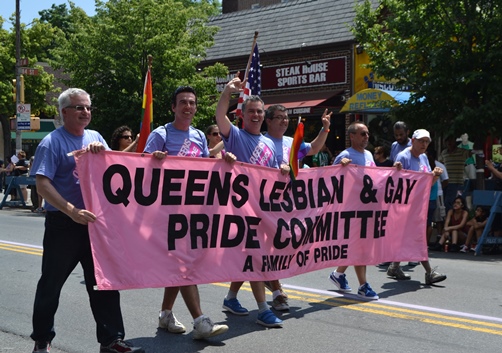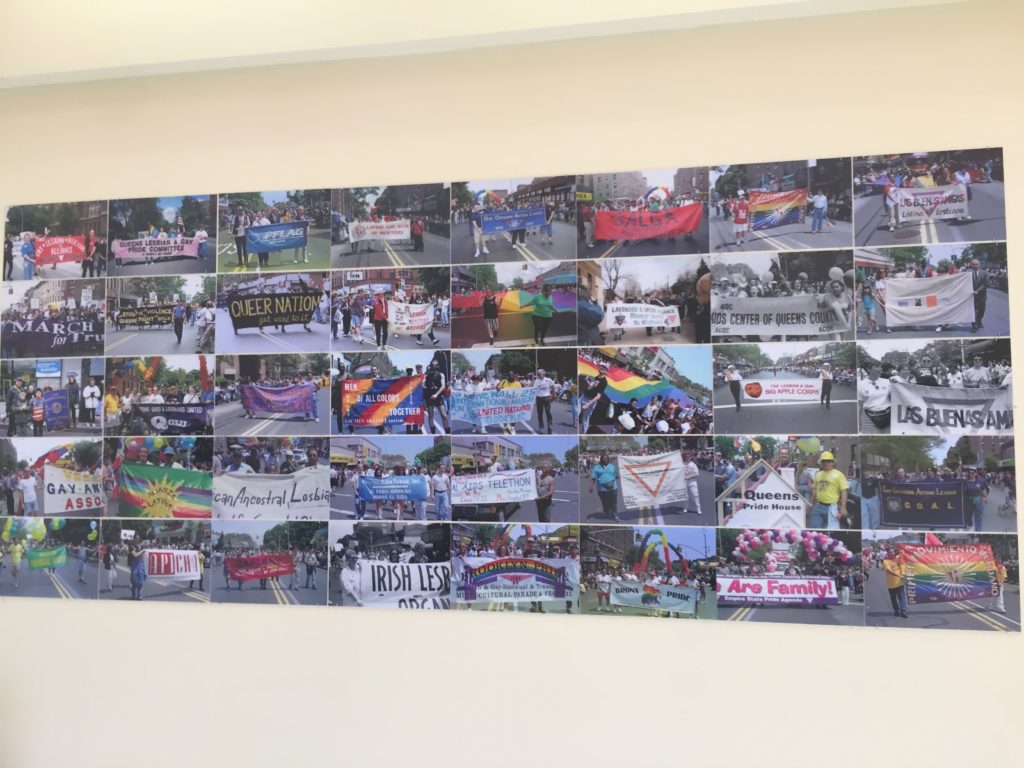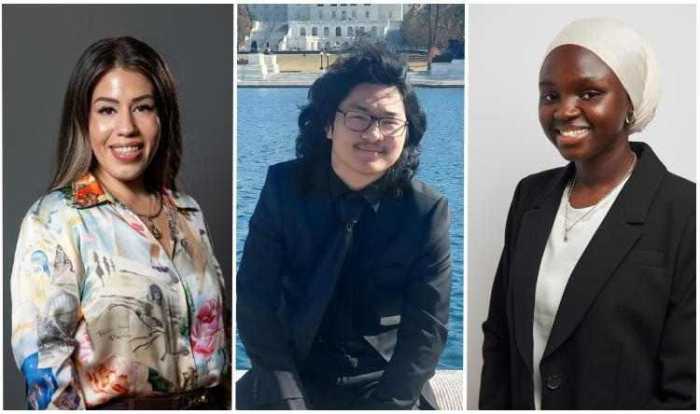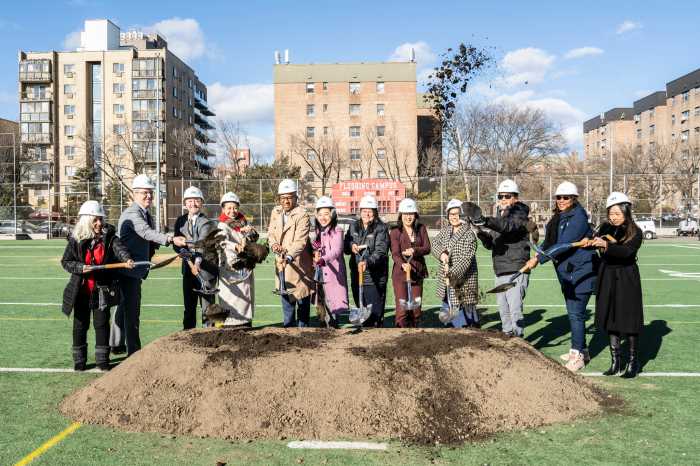BY MADELINE NELSON
Queens played a substantial role in LGBTQ rights in the 1990s and beyond — something that will be acknowledged at LaGuardia Community College next week.
The Long Island City institution will open an exhibit entitled “The Lavender Line: Coming Out in Queens,” which highlights the last 25 years of LGBTQ activism in Queens and the growth of the Queens Lesbian and Gay Pride Committee, Inc. This exhibit focuses mostly on the Queens Pride march the committee planned in response to a series of discrimination.
The first Queens Pride march took place in 1993 after Julio Rivera, a gay Latino man who was murdered in Jackson Heights after being lured to a schoolyard and brutally attacked by three individuals.
A hugely significant development for the city’s LGBTQ community, the Queens Pride march was the first LGBTQ-rights parade to take place in one of NYC’s outer boroughs. Since then, the Queens Pride Parade has grown to become the second-largest in the New York metropolitan area.
Exhibit curators from the LaGuardia and Wagner Archives drew many pieces from the personal files of City Councilman Danny Dromm, who was heavily involved in the creation of the parade.
City Councilman Jimmy Van Bramer also contributed materials from his archives. He marched in the first Queens Pride Parade as a representative of the Gay, Lesbian, and Bisexual Alliance, now known as Spectrum, that he started as a student at St. John’s University.
The exhibit marks the beginning of the LaGuardia and Wagner Archives’ LGBTQ Public History Project.
Dromm, Van Bramer and City Council Speaker Corey Johnson will be attending at a reception marking the exhibit’s opening on Monday, March 26, at 1 p.m. at LaGuardia Community College.






































